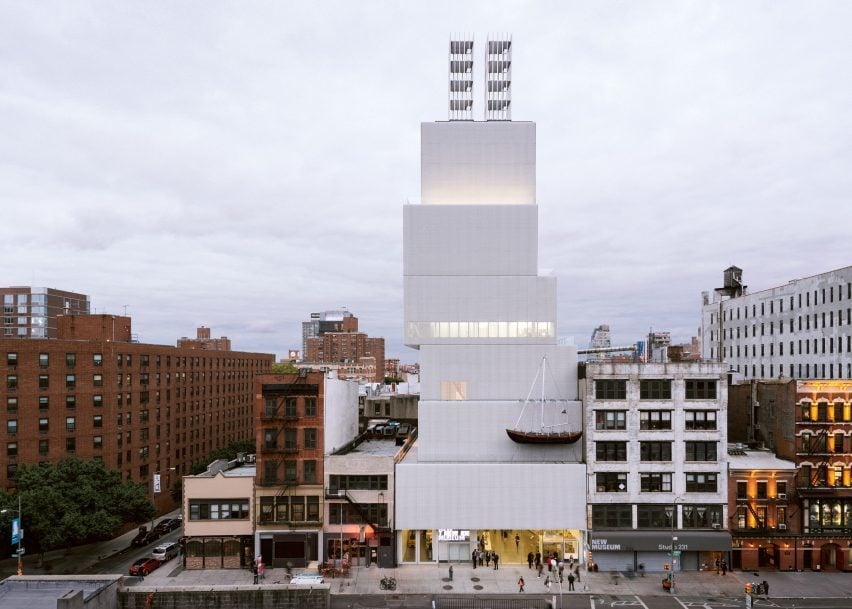People
The New Museum’s Staff Is Pushing to Unionize—and Top Leadership Is Not at All Happy About It
The museum has hired the union-busting firm Adams Nash Haskell & Sheridan.

The museum has hired the union-busting firm Adams Nash Haskell & Sheridan.

Ben Davis &
Sarah Cascone

The staff of New York’s New Museum has initiated a push to join a union. Last Friday, employees sent a letter to the National Labor Relations board, stating their intent to affiliate with UAW Local 2110, the same union that represents workers at the Museum of Modern Art and Columbia University’s graduate students, also in New York.
Museum management has not embraced the organizing push, according to staff. In recent days, staff say, the New Museum has procured the services of Kentucky-based Adams Nash Haskell & Sheridan, a firm that specializes in defeating unions, boasting on its website, “When We Take Action, You Take Control” and promising employers a “union-free future.”
Despite the pushback, staff remain determined. “We believe it will be good,” one member of the New Museum staff told Artnet News. “We wouldn’t be doing this and taking all this risk if we didn’t.”
In a statement, the New Museum said: “A group of employees recently petitioned to form a bargaining unit. We want them to make a fully informed decision. In the meantime, we look forward to working with our staff to serve our audience and community.” Adams Nash Haskell & Sheridan did not respond to a request for comment.
According to those involved with the union drive interviewed by Artnet News, the bargaining unit consists of 74 people, representing most of the non-supervisory staff, excluding security and maintenance. Issues center on compensation, as the newly launched website of the New Museum Union makes clear.
The two employees we spoke with said they were most concerned about high turnover and workers who earn “below a living wage, especially for New York.”
(Glassdoor.com, which offers anonymous reviews of employers, currently gives the New Museum a rating of three out of five stars, based on 21 reviews. Positive co-workers and the progressive mission of the museum are the most often listed “Pros” of working there. Poor management, lack of opportunity or respect for lower level workers, and poor pay and benefits are the most consistently mentioned “Cons.”)
Adams Nash Haskell & Sheridan, the anti-union firm, has made its counter-measures felt immediately, staff say. Some 11 employees have been abruptly reclassified as supervisors, according to two museum sources. (The New Museum did not reply to a query about whether the reclassification was done to exclude those employees from collective bargaining.)
A series of one-on-one meetings set up by the consultants has also seen them attempt to identify key organizers and remind newly designated supervisors that they are obliged to be loyal to their employer, the two people said.
In group presentations, staff were given intensive warnings about the dangers of unionizing, the employees noted. “It was just every bad thing about unions,” one employee said. “There was even something in there about how unions ruined Thanksgiving dinner.”
The New Museum has a long and storied history as a progressive institution—a legacy the staff is keenly aware of. (In a fundraising email sent out in December, director Lisa Phillips told supporters that the New Museum was defined by how it valued its “collaborators,” quoting a talk by artist Sarah Lucas at the museum: “There are a lot of unsung heroes, it takes a hell of a lot—as you know—to put on an exhibition, a lot of people, it takes a lot of people to do everything, really.”)
“We believe in the museum’s mission,” Dana Kopel, an editor and publications coordinator at the museum, stressed to Artnet News. “We think [joining a union] furthers it.”
The letter to the Labor Relations Board asked for a vote on affiliating with Local 2110 to be held on January 17.